Plastic pollution in our oceans has reached a breaking point. From toxic chemicals leaching into the water to marine animals ingesting or becoming entangled in waste, the crisis is rewriting the balance of marine ecosystems. It’s not just a problem for wildlife—it’s a global threat to food security, oxygen production, and human health. Here’s how plastic is devastating the oceans—and why it should matter to everyone on the planet.
1. Plastic Waste Is Awash In The Ocean
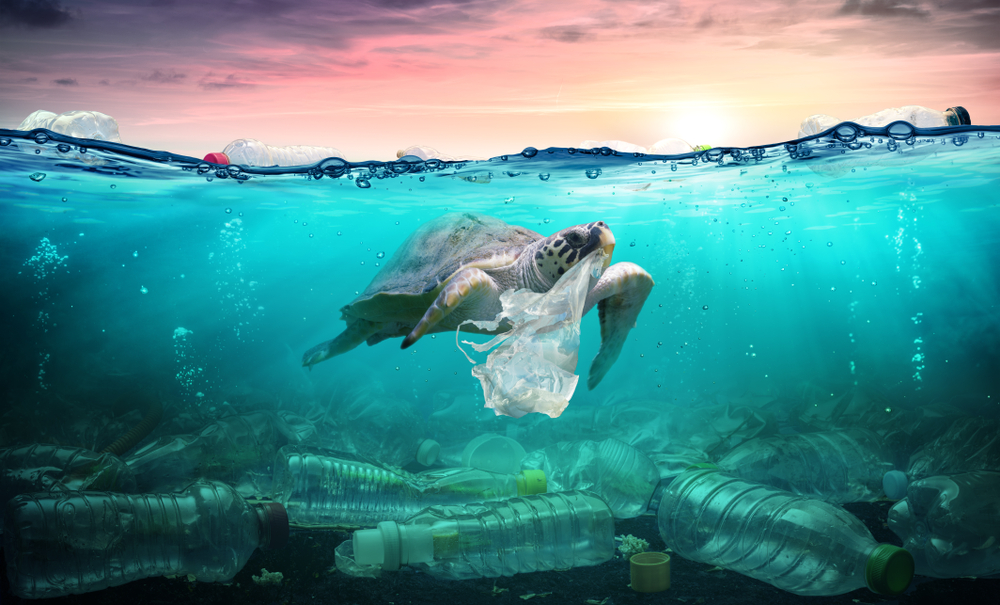
Every year, more than 11 million tons of plastic waste enter the world’s oceans, according to a 2020 report by Pew Charitable Trusts. Carried by rivers, winds, and runoff, it reaches even the most remote corners of the planet—from Arctic ice sheets to the deepest ocean trenches. What’s worse, much of this plastic will persist for centuries, fragmenting but never truly disappearing. It’s a permanent pollutant that infiltrates every layer of the ocean.
The Great Pacific Garbage Patch is one of the most visible symbols of this disaster, now estimated to cover an area twice the size of Texas. Beneath the surface, microplastics swirl through the water column and sink to the seafloor, poisoning marine ecosystems in ways scientists are still uncovering. This global spread of debris shows how deeply plastic has invaded Earth’s life-support system—and how hard it will be to reverse.
2. Marine Animals Mistake Plastic For Food
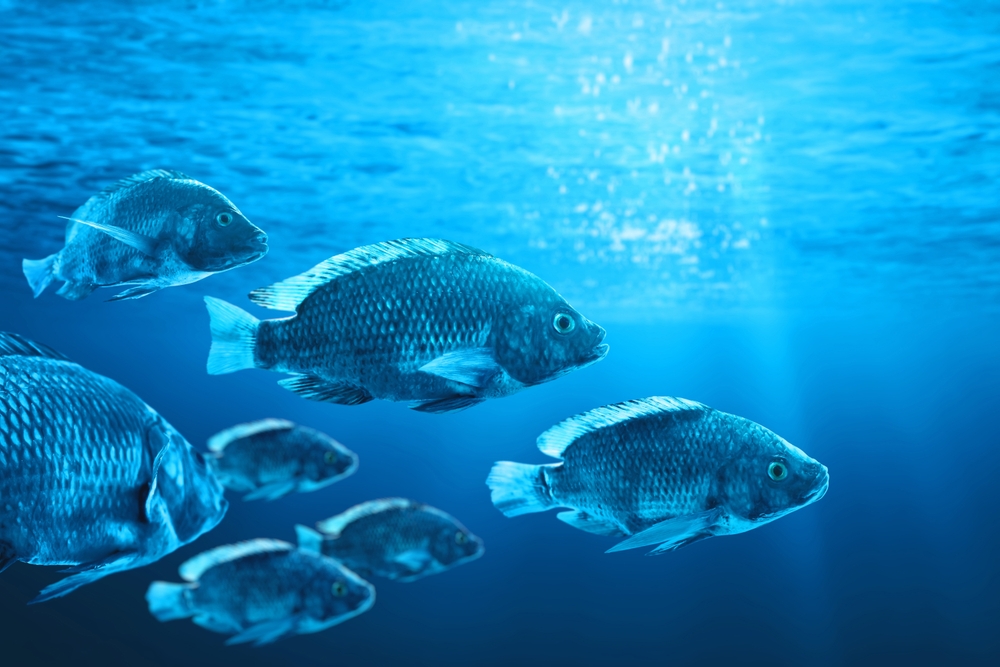
From sea turtles swallowing plastic bags to seabirds feeding bottle caps to their chicks, the consequences of plastic ingestion are devastating. Plastic debris often looks, smells, or floats like food—fooling even the smartest marine species. Once eaten, plastic blocks digestion, causes starvation, and fills the stomach with indigestible fragments. These small pieces of trash can mean the difference between life and death for countless animals.
The problem doesn’t stop there—what marine creatures eat, we eventually eat too. As fish and shellfish ingest microplastics, those particles move up the food chain until they reach our plates. Scientists have now found microplastics in everything from salt to bottled water. The ocean’s contamination has officially come home.
3. Toxic Chemicals Are Leaching Into the Ocean
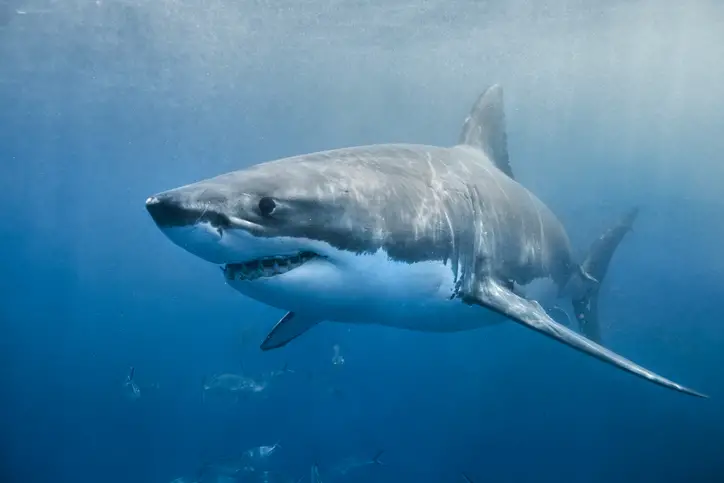
When plastics break down, they release toxic chemicals such as bisphenol A (BPA), phthalates, and flame retardants. These compounds disrupt the hormonal and reproductive systems of marine organisms, weakening populations and altering behavior. A 2021 National Oceanic and Atmospheric Administration (NOAA) study found that these chemicals accumulate in fish tissues, posing serious health risks to marine food webs. The longer plastics stay in the ocean, the more toxic the environment becomes.
These pollutants don’t stay put—they spread through water currents and food chains, making their way to humans through seafood consumption. Over time, they can bioaccumulate in the body, potentially contributing to fertility problems and developmental disorders. The ocean has effectively become a slow-moving chemical experiment with unpredictable, long-term results.
4. Coral Reefs Are Suffocating Under Debris

Plastic pollution poses a silent threat to coral reefs, which are already under stress from warming oceans. When plastic settles on coral, it blocks sunlight, traps bacteria, and suffocates living polyps. Research published in Science found that corals in contact with plastic are 20 times more likely to contract disease. These delicate ecosystems, which support nearly 25% of all marine life, are dying off faster than they can regenerate.
As reefs die, fish populations collapse, and coastal protection diminishes. Millions of people who depend on coral reefs for food, tourism, and income face economic hardship. Plastic may seem harmless floating on the surface—but on the seafloor, it’s an ecological assassin. Protecting coral means addressing plastic before it reaches the water.
5. Entanglement Injures Marine Life
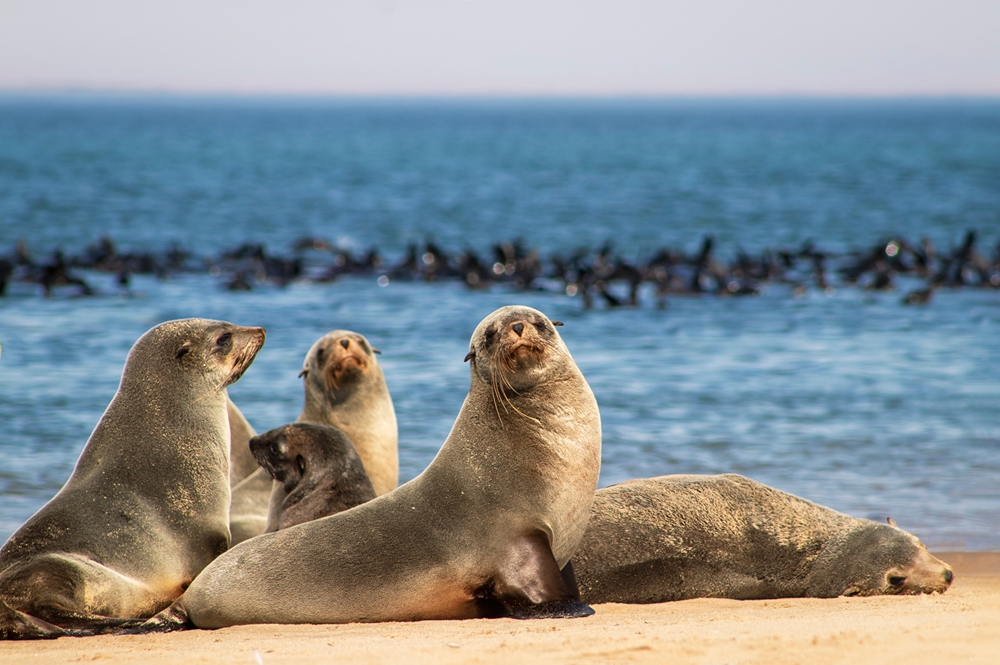
Fishing lines, six-pack rings, and plastic bags may look ordinary, but in the water, they’re lethal traps. Turtles, dolphins, seals, and whales often get caught in discarded plastic debris, unable to free themselves. According to the World Wildlife Fund (WWF), over 270 marine species have been documented entangled in plastic waste. Many suffer deep cuts, infections, or starvation after being immobilized.
Even when rescued, animals often sustain long-term damage that affects their ability to hunt or reproduce. Ghost fishing gear—lost nets that continue to trap marine life—is particularly destructive, killing countless creatures silently each year. The ocean has become a maze of invisible snares, and the victims have no way to escape.
6. Microplastics Are Entering The Food Chain
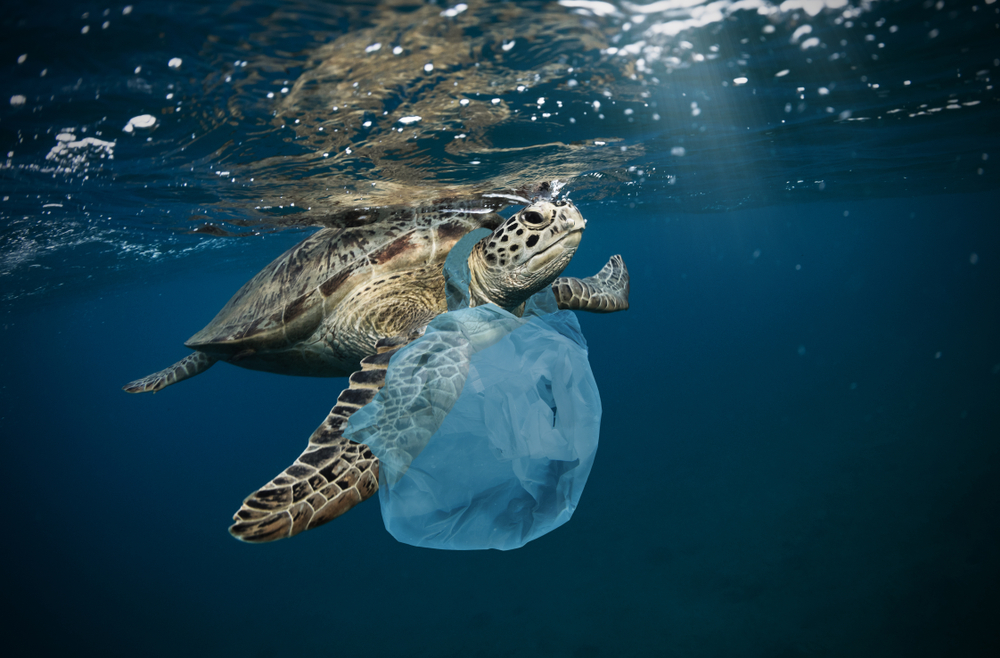
Microplastics are everywhere—in the water, on beaches, and inside fish. These particles, smaller than five millimeters, come from degraded bottles, clothing fibers, and even cosmetic products. Plankton and small fish ingest them, and they accumulate up the food chain into larger predators. Humans are not immune—scientists have discovered microplastics in human blood and lungs, showing how deeply the crisis has infiltrated our biology.
A 2022 study published in Environment International estimated that people ingest up to a credit card’s worth of microplastic each week through food and air. These particles can carry bacteria and pollutants into the body, and their long-term health effects remain unknown. The reality is clear: plastic pollution isn’t just an environmental issue—it’s an internal one.
7. Plastic Debris Impacts Reproduction

Plastic isn’t just physically harmful—it’s biologically disruptive. Studies have shown that chemicals released from plastics act as endocrine disruptors, interfering with hormonal systems in marine species. According to researchers from the University of Exeter, exposure to phthalates and microplastics can reduce fertility in fish and mollusks, threatening the survival of entire populations. This hormonal imbalance may even cause deformities in embryos and offspring.
The ripple effects of reduced reproduction reach far beyond individual species. As fish populations decline, entire food webs collapse, affecting predators and prey alike. The damage isn’t just chemical—it’s generational. Every piece of plastic in the ocean today could silently affect marine life for decades to come.
8. Plastic Pollution Alters Natural Habitats
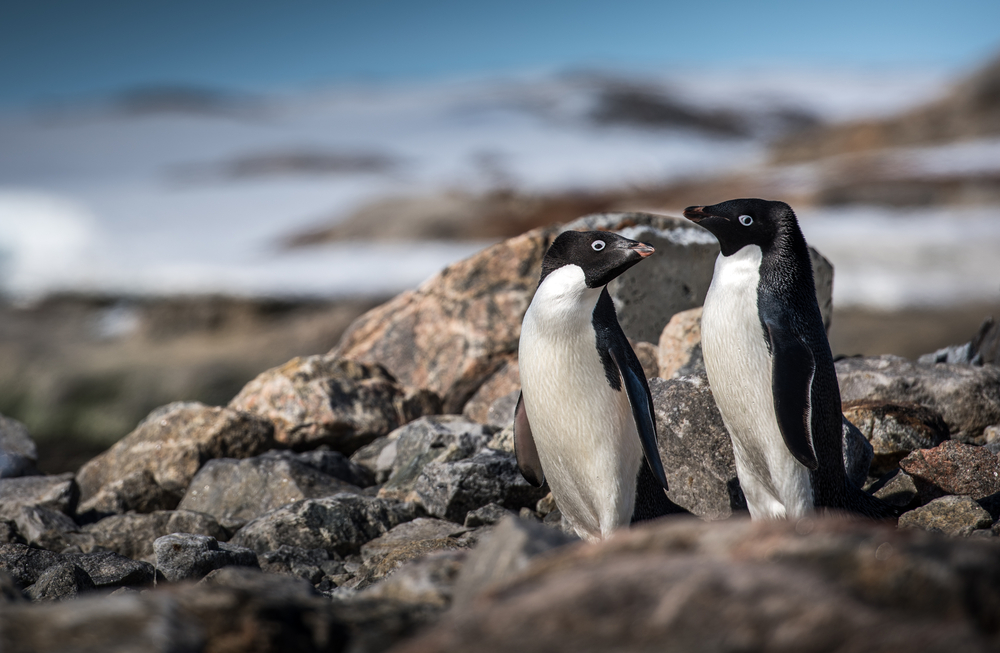
Floating plastics act like rafts, allowing invasive species to travel across oceans and colonize new environments. This unintentional migration disrupts ecosystems, as foreign organisms outcompete native species for space and food. Meanwhile, plastic debris that sinks buries habitats, smothering plants and bottom-dwelling creatures. The once-thriving seafloor becomes a wasteland of synthetic waste.
Scientists have documented over 400 species using floating plastics as artificial habitats—a phenomenon reshaping marine biodiversity. These “plastic islands” are more than pollution; they’re rewriting ocean geography. By altering habitats so dramatically, humans have unintentionally changed the rules of life in the sea.
9. Marine Mammals Suffer From Digestive Blockages
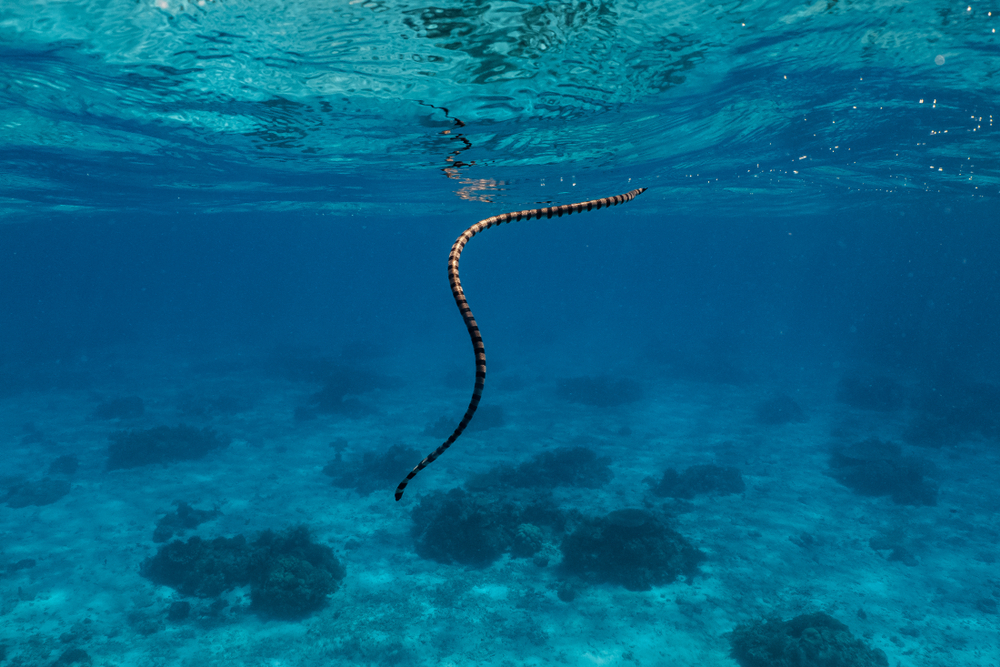
Whales, dolphins, and seals are particularly vulnerable to swallowing large amounts of plastic waste. When ingested, plastic can block their digestive systems and lead to starvation, as they feel full but absorb no nutrients. Post-mortem studies of stranded whales frequently reveal stomachs packed with plastic bags, bottles, and fishing gear. It’s a gruesome reminder of how far the problem has spread.
These tragedies aren’t isolated—they’re multiplying. As large mammals die, ecosystems lose keystone species vital for nutrient cycling and population balance. Each whale or dolphin lost represents a warning that the ocean is choking from within. Plastic waste has turned nourishment into poison.
10. Plastic Impacts Ocean Oxygen Levels
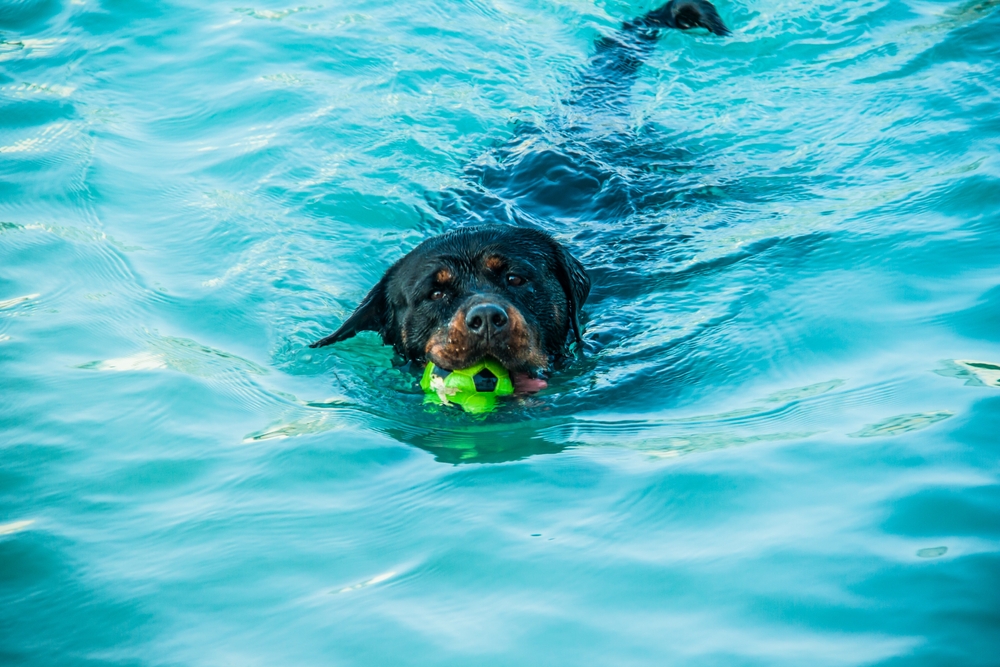
The ocean produces more than half of the planet’s oxygen, primarily through microscopic phytoplankton. Plastic pollution disrupts their growth by blocking sunlight and leaching toxic compounds into surface waters. Over time, this weakens the foundation of the marine food web and contributes to “dead zones” where oxygen levels plummet. These barren patches are expanding worldwide, suffocating life in their path.
Researchers from the University of Hawaii have found that some plastics even release methane and ethylene as they degrade—greenhouse gases that worsen global warming. The combined effect is a dangerous feedback loop: less oxygen, more heat, and fewer life-sustaining systems. Plastic is literally stealing the planet’s breath.
11. Plastic Threatens Food Security
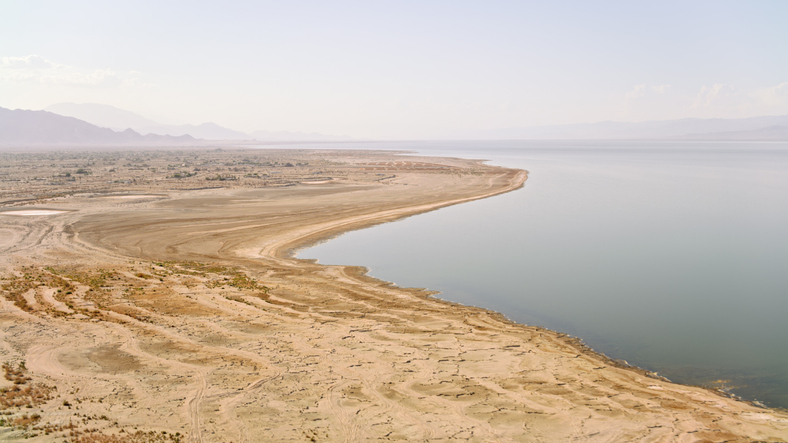
For millions of people living near the coast, seafood is both a source of income and a dietary staple. But as plastic infiltrates fish stocks and damages fishing equipment, livelihoods are collapsing. Contaminated catches are unsafe to eat, and fish populations are declining as ecosystems falter. The economic fallout hits the poorest communities the hardest, widening global inequality.
Some coastal nations are now turning to alternative livelihoods, like aquaculture or eco-tourism, but recovery is slow. The United Nations Environment Programme (UNEP) warns that plastic waste could reduce global fish stocks by 25% by 2050. Plastic pollution isn’t just an ecological disaster—it’s a humanitarian one.
12. Plastics Are Altering Oceanic Chemistry
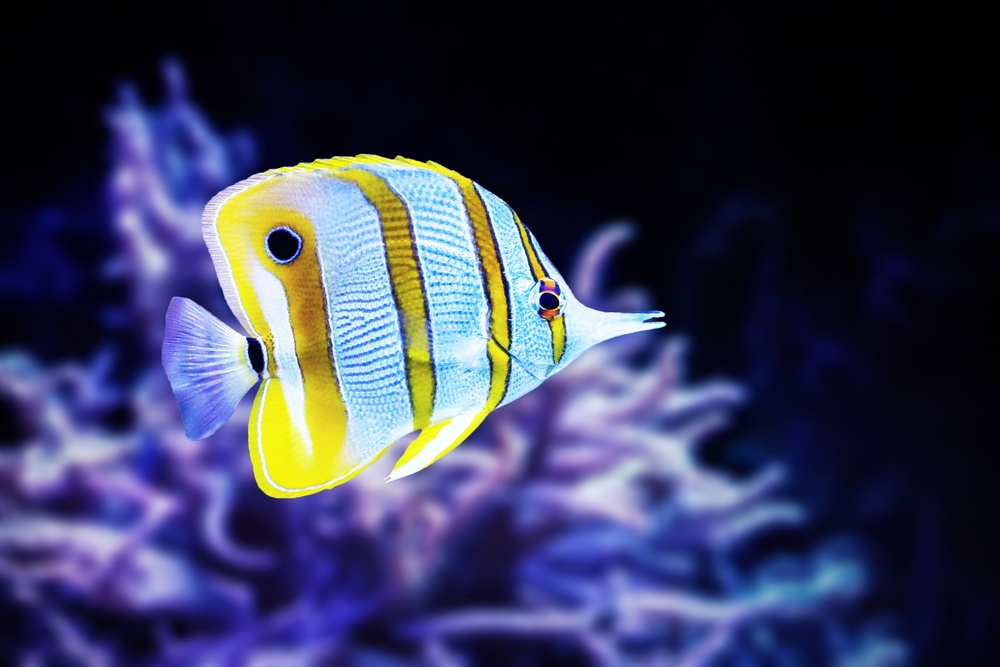
As plastics degrade, they alter the very chemistry of the ocean. Microplastics can change water acidity and release compounds that interfere with natural processes like carbon absorption. These shifts in ocean chemistry threaten plankton, shellfish, and corals—all essential to maintaining a stable climate. Scientists now consider plastic pollution a form of “chemical climate change.”
Even small pH changes have cascading effects. Shell-forming organisms struggle to grow, fish migration patterns shift, and coral calcification slows. It’s not just plastic waste floating on the surface—it’s a slow transformation of the ocean’s DNA.
13. Plastic Pollution Accelerates Climate Change
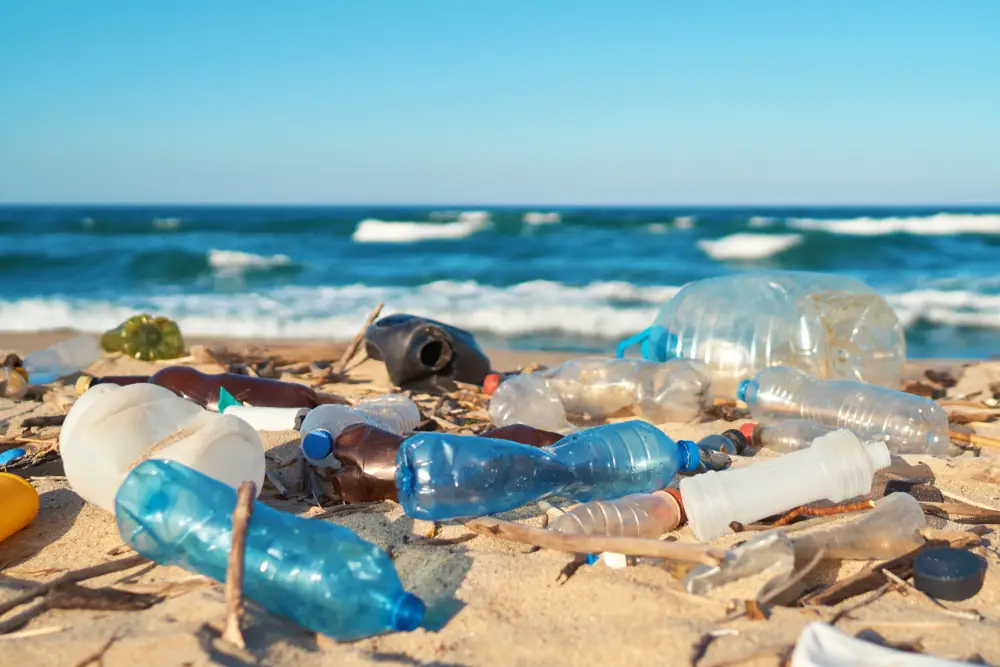
Few realize that plastic is made primarily from fossil fuels, and its production emits massive amounts of greenhouse gases. From extraction to disposal, the plastic lifecycle contributes significantly to climate change. Once in the ocean, plastics release methane as they degrade, amplifying global warming. The hotter the planet gets, the faster the plastic breaks down—and the more methane it emits.
This vicious cycle links two of the planet’s biggest crises: pollution and climate change. According to Ciel’s Plastic & Climate Report, by 2050 plastic-related emissions could consume 13% of Earth’s remaining carbon budget. Solving one problem means tackling both.
14. Clean-Up Efforts Can’t Keep Up
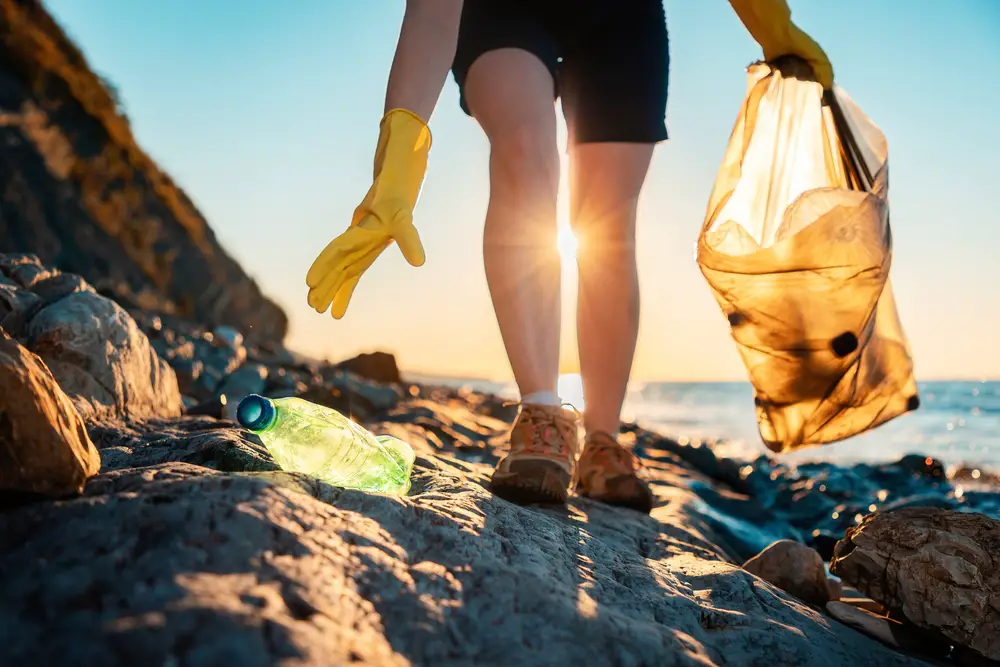
Beach cleanups and ocean trawls are vital, but they barely scratch the surface. For every piece of plastic collected, thousands more enter the ocean each day. The scale of pollution is so vast that even advanced cleanup technologies, like floating barriers or skimmer ships, can’t keep pace. Without reducing production and consumption, cleanup is a losing battle.
Prevention, not collection, is key. That means holding corporations accountable, improving waste management, and reducing single-use plastics globally. The fight against ocean plastic starts not in the sea—but in supermarkets, factories, and homes.
15. Contamination Could End Marine (And Human) Life
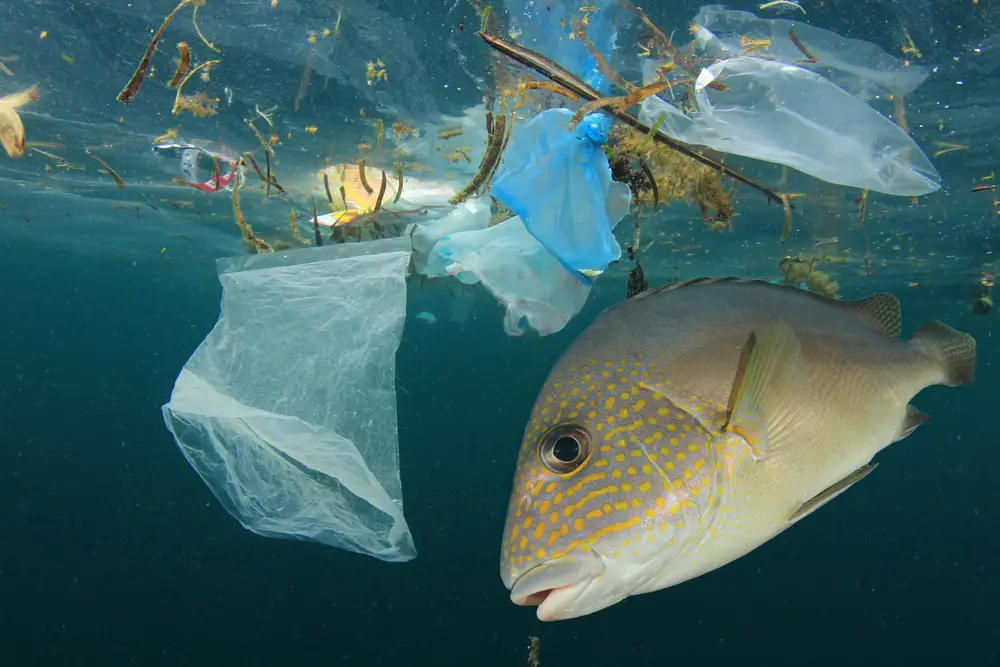
Plastic pollution isn’t just a marine problem—it’s a mirror reflecting our global negligence. The health of the ocean determines the health of the planet, and right now, both are in decline. Every species lost, every reef bleached, and every fish contaminated is a warning. What we do next will define whether the ocean recovers—or collapses for good.
The good news? Change is still possible. Global agreements like the UN Global Plastics Treaty offer hope for coordinated action. But lasting impact requires everyone—from policymakers to consumers—to rethink how we produce, use, and dispose of plastic. The ocean’s survival, and ours, are one and the same.
